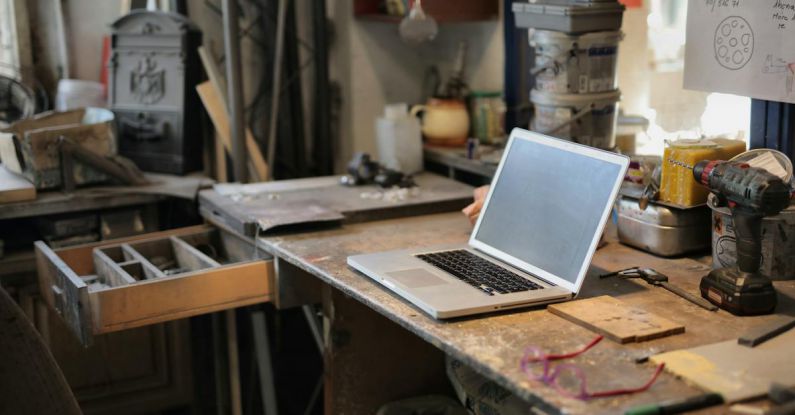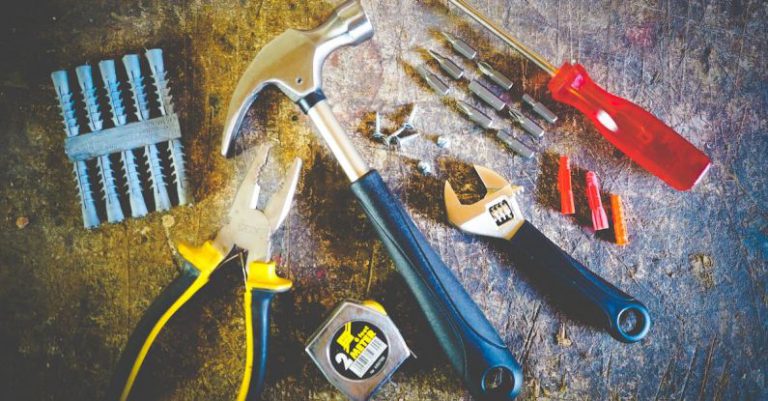How to Organize Your Workshop for Efficiency
A well-organized workshop is essential for maximizing productivity and efficiency. Whether you are a DIY enthusiast or a professional craftsman, having a clean and organized workspace can significantly impact your workflow. In this article, we will explore some practical tips on how to organize your workshop for optimal efficiency.
1. Declutter and Clean
The first step in organizing your workshop is to declutter and clean the space. Remove any unused tools, materials, or equipment that are taking up valuable space. Sort through your inventory and get rid of anything that is broken or no longer serves a purpose. Once you have cleared out the clutter, thoroughly clean the entire workshop, including the floors, walls, and workbenches. A clean and tidy workspace will not only make it easier to find things but will also create a more pleasant and productive environment.
2. Categorize and Label
One of the most effective ways to maintain an organized workshop is to categorize and label everything. Group similar items together, such as power tools, hand tools, screws, nails, and so on. Use storage containers, shelves, or cabinets to keep these items organized and easily accessible. Additionally, label each container or drawer to ensure that you can quickly locate what you need when you need it.
3. Utilize Vertical Space
Make the most of your workshop’s vertical space by installing shelves, pegboards, or wall-mounted storage systems. These can be used to store frequently used tools and equipment within arm’s reach. By utilizing vertical space, you can free up valuable workspace and keep your tools within easy reach.
4. Create Work Zones
Consider creating different work zones within your workshop to promote efficiency. For example, have a designated area for woodworking, metalworking, painting, and assembly. This way, you can keep all the necessary tools and materials for each specific task within their respective zones. This will save you time and effort by eliminating the need to constantly move around your workshop to find what you need.
5. Establish a Tool Maintenance Routine
Regular tool maintenance is crucial for both their longevity and your efficiency. Create a routine for cleaning, sharpening, and organizing your tools. This will not only extend their lifespan but also ensure that they are always in good working condition. Establish a designated area for tool maintenance, complete with a workbench and necessary supplies.
6. Implement Safety Measures
When organizing your workshop, it’s important to prioritize safety. Ensure that all hazardous materials, such as paints, solvents, and chemicals, are properly stored and labeled. Install safety equipment, such as fire extinguishers and first aid kits, in easily accessible locations. Keep a clear and unobstructed path throughout your workshop to prevent accidents and injuries.
7. Regularly Review and Update
Maintaining an organized workshop is an ongoing process. Regularly review and update your organization system to accommodate any changes or new tools that you acquire. Take the time to reassess your workflow and make adjustments as needed. By regularly reviewing and updating your workshop organization, you can ensure that it remains efficient and conducive to your work.
In conclusion, organizing your workshop for efficiency is a worthwhile investment of time and effort. By decluttering, categorizing, and utilizing vertical space, you can create a well-organized workspace that promotes productivity. Establishing work zones, implementing safety measures, and regularly reviewing and updating your organization system will further enhance your efficiency. With a well-organized workshop, you can focus more on your projects and less on searching for tools and materials.






